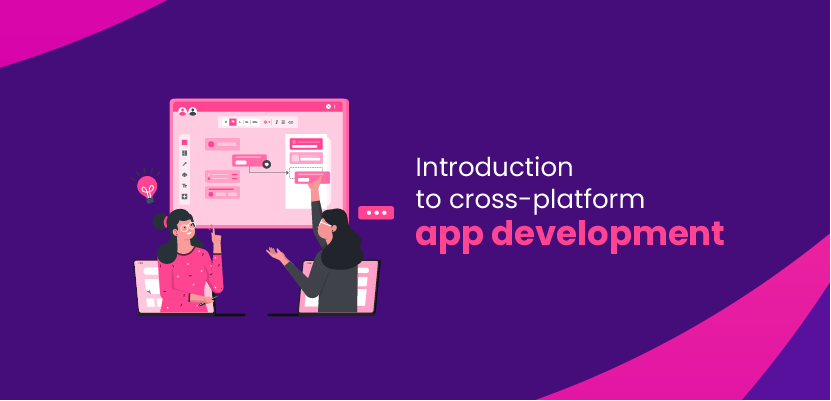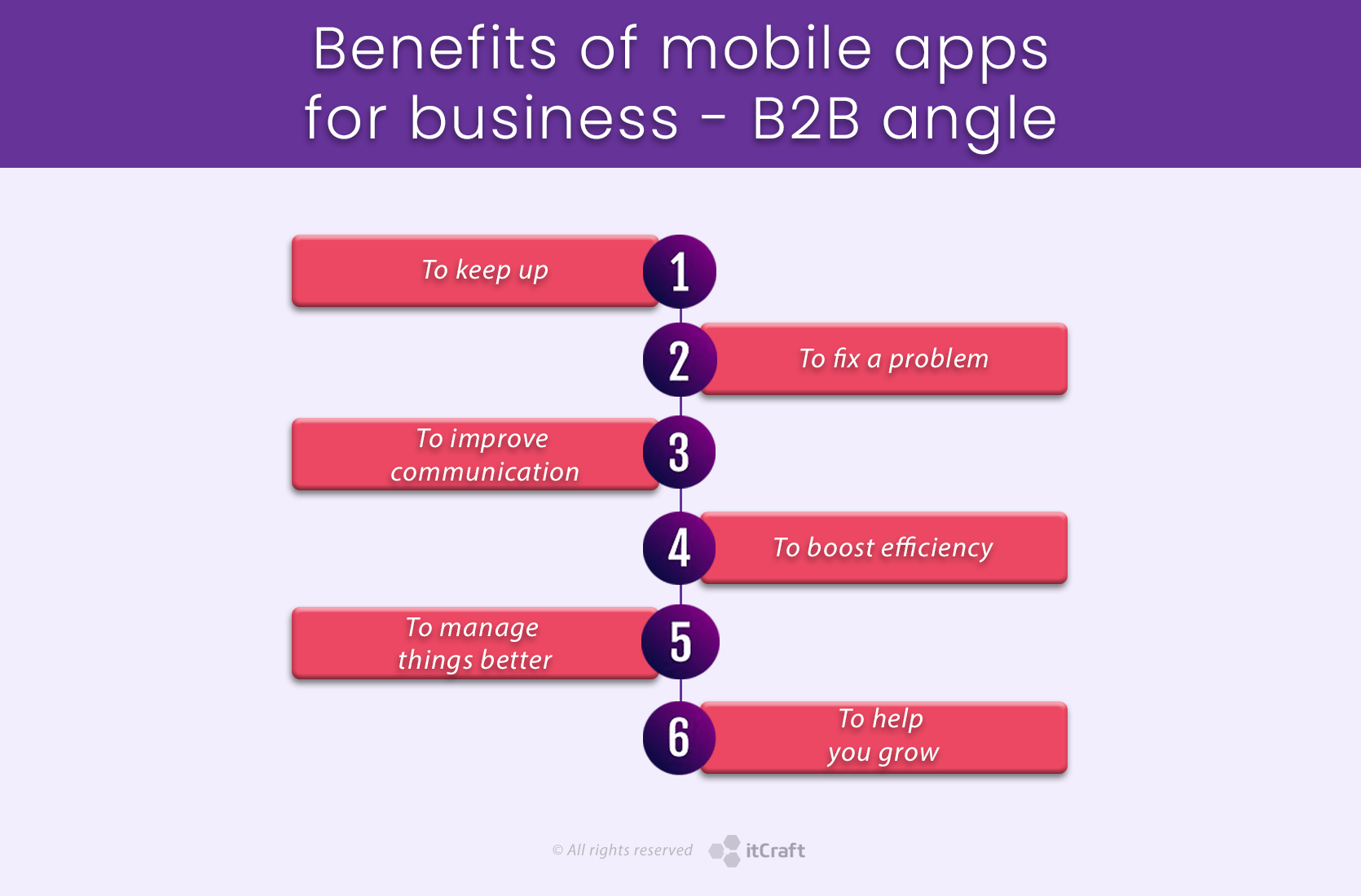The State of Flutter at itCraft | Our CEO’s vision on the technology in 2021

Gareth Smith

Karol Wegner

Since Google first launched Flutter a few years ago, the platform has grown so quickly that it now sits as one of the best cross-platform frameworks in the mobile app development space. Along with many startups who see the single code base, fully customizable widgets and vast number of free open source packages as the best way to launch their digital products, some of the biggest tech companies in the world like eBay, Groupon and the Alibaba Group are now using Flutter as their go-to tech.
The rate at which Flutter is growing, in terms of market presence and the developer community is one of the key reasons we are so optimistic about the future of Flutter at itCraft. To understand more about why there is so much buzz around Flutter inside our own company and in the market in general, I sat down to interview Karol Wegner, one of the co-founders and board members of itCraft to ask him why increasing itCraft’s Flutter resources in 2021 and beyond is such a high priority.
Is the hype around Flutter justified? It’s the billion dollar question.
Good Morning, Karol. I just wanted to have a quick chat today about the future of Flutter at itCraft, and to ask you a few questions, so feel free to go into some details if you can.
Thanks, Gareth. I’m more than happy to speak about our plans, so ask away.
1. itCraft has decided to invest quite heavily into new Flutter development teams in 2021.
What prompted itCraft’s decision to invest so heavily into new Flutter resources?
The mobile app market has been screaming out for a good cross-platform solution for a long time, and we’ve been working in this market for more than seven years. During this time we have worked with different technologies like PhoneGap, Ionic hybrid web and mobile solutions and more recently with React Native and Flutter. In my opinion, Flutter is currently the leading cross-platform framework for mobile app development. And we believe it is here to stay for a while yet. It will certainly outlast some of the other cross-platform tech and so we’re committed to investing in building the best Flutter team in Poland.
Sometimes I refer to Flutter as a fifth generation cross-platform framework, and it is superior to other cross-platform tech. This is why we are willing to invest heavily in expanding our Flutter resources.
2. For a reputable company like itCraft which builds world-class digital products, is it just a matter of having one cross-platform technology in the repertoire – Flutter or React Native – or has itCraft chosen Flutter because it’s significantly superior?
What is the reason that itCraft has chosen Flutter?
Unfortunately, the answer isn’t so simple. We have had to consider many different aspects. First of all, there are technical aspects like performance, UX and UI and the overall framework capabilities. The other side of the coin to consider are the commercial decisions, availability of resources, and the willingness of the team to learn a new tech. So you have to weigh up a number of things.
You mentioned React Native. React Native comes from the React world. So, a web front-end framework, which obviously attracts web developers, and they will always lean towards React Native. Flutter, on the other hand, is a totally new framework using the new Dart programming language. It’s far more attractive to native Android and native iOS mobile developers. There seems to be a natural tendency these days for experienced native mobile developers to add Flutter to their competencies because the transition is quite simple for them.
If I think about the team at itCraft, I remember when we introduced React Native to our stack a few years ago. I wondered why some of our developers were a little hesitant to take on that tech, but with hindsight we can see that you can’t compare native mobile app developers to a React Native developer who came from the web world. But with the introduction of Flutter to our team, the reaction has been completely different. They are actually really excited about working with this new tech.
3. It’s funny you say that because the conversations I have had with our Flutter developers have always been really different to the conversations I have had with our React Native developers. Flutter developers seem to be excited to come to work every day and work on Flutter projects. Whereas React Native developers seem to do the job because it fills a need in the market. This brings me to my next question, regarding the team.
What does it mean for the React Native resources at itCraft?
We have built a number of really good applications with React Native over the last few years. We are committed to supporting our current clients who invested in digital products using React Native. We won’t leave them out in the dark. We still have capabilities and in-house knowledge, so we are committed to supporting these projects.
But when we talk about 2021 and the foreseeable future, our growth strategy plan includes taking full advantage of the capabilities Flutter has to offer, so we will no longer propose new projects to be built in React Native because the capabilities that React Natve has are well covered by Flutter and even more.
We didn’t come to this decision lightly. It was based on feedback from both our React Native and Flutter development teams, as well as our CTO and other key stakeholders in the company. We all agreed that Flutter is the future of cross-platform development, and the team is really excited.
4. There was a lot of hype around React Native in the beginning and a lot of people were enquiring about React Native development. Even companies like Airbnb chose to build their apps using React Native but it’s a well-known fact in the industry that Airbnb, for example, switched their technology from React Native to native after some time.
Is there a risk that it will be similar with Flutter and people will switch from Flutter to native in a while?
That is the million dollar (or even a billion dollar) question. I am not Nostradamus but in the past I have been good at identifying technology trends in the market. As a co-founder and now a board member of itCraft, I help create the vision for the company and steer our team in the right direction. To be able to do that successfully, I have to analyze a lot of market information. Regarding Flutter, I have not seen, heard or know of any company which used Flutter and had to rebuild it because it didn’t perform the way they intended. Of course, Flutter has only been a viable option for a couple of years but it is a very good sign that the larger companies that chose Flutter as their tech have continued with it up til now.
On the other hand, other cross-platform tech is full of stories of big brands who tried and failed. You mentioned AirBnb who initially used React Native which is a classic example. We have also worked with a number of companies, startups and larger enterprise clients alike, who came to us wanting to rebuild their digital products using native frameworks because the tech they chose in the beginning was not able to deliver the results they wanted.
I’m not saying React Native is bad technology. I’m just saying that the capabilities of React Native are certainly not as large as native technology, and my analysis on Flutter seems to suggest that it can play a significant role in the demands for cross-platform technology and bridge the gap significantly between cross-platform and native frameworks.
5. We have all heard of some development horror stories where people have built React Native apps because the company recommended React Native, but when you do a bit of research you find out they only have React Native developers. itCraft has native Android, native iOS and Flutter developers.
Why does itCraft propose Flutter or native development for an app project?
The temptation to use the resources that we have available is really, really strong. But before making any tech recommendations, we need to understand the project in greater detail, so before we start any project at itCraft, we always do a workshop with the client.
During the workshop we meet with our clients, key stakeholders and even end users to determine the goals of the project. Based on those goals and the business priorities of the client, we make technical recommendations including system architecture and analysis of any dependencies in order to choose the right tech. Sometimes that includes a native framework, sometimes cross-platform. The main focus has to be on the end user as well as the highest business value for the client before you can propose the right tech. There cannot be any compromise in that respect.
We need to be on the same page with the client on the business goals to be able to address the tech solution. Of course, native Android and native iOS development is still the best option when it comes to building a world-class mobile app. But in the startup world, or for MVPs and R&D projects for larger enterprise clients, sometimes the highest business value does not necessarily mean choosing the best possible tech. Sometimes it means placing importance on validating the business model first before building a full, scalable solution.
For startups, MVPs and R&D projects Flutter will always be a viable option because the business goal in many of those cases is simply to test the product market fit as quickly as possible so the initial development phase does not include building the best possible app.
It is a good point to highlight. The tech supports the business model, not vice versa. If you have a bad business model, no matter what tech you use, it is not likely to deliver the results you are looking for. It shouldn’t be underestimated, the value of choosing technology based on delivering the best business results, and future clients of itCraft will only benefit from this approach.
6. React Native gained a lot of traction in the market because of the familiar Web technology.
How Flutter compares to React Native in the web technologies sphere?
Flutter is still a relatively new project for Google, but they have promised to provide the tech to allow developers to build multiple different solutions. So, that includes web-based solutions, desktop solutions and mobile solutions. As we know, the first thing that Google actually provided was a framework to build mobile apps. And this is what Flutter is really good at.
Although it is possible to build web apps using Flutter, I haven’t personally seen any specific products that have been built with Flutter’s web framework. I would say there are a few projects out there that have been done with Flutter but in my opinion there are currently other technologies better suited to do so.
7. To finish, I would like you to go out on a limb. If we sit here again five years’ time, do you think we will still be talking about how good Flutter is?
Flutter in the next 5 years – Karol’s predictions
Like I said earlier, I’m not Nostradamus, but I strongly believe that Flutter will be a dominant force in mobile development for the foreseeable future. It will outlast other tech like Ionic or Cordova and probably even React Native. When Facebook started their business, they created a React web framework and then based on that tech, they created React Native. They created a lot of marketing buzz around it, which saw them grow quite quickly
The developers at Google did it slightly differently by identifying the problem first, which is how to create a reliable, high-performance mobile app framework which delivers good UX and UI. By focusing on this, they were able to come up with a really good solution to the problem of creating high-quality Android and iOS apps. This, in my opinion, is a far better long-term strategy than the high-level of marketing that was done around React Native.
We are currently hiring the best Flutter developers in Poland, and if I thought Flutter was just another cross-platform tech that would come and go, we wouldn’t be investing so much into it. In 5 years’ time I am sure we will be talking about how many world-class apps itCraft has built in Flutter.
Thanks for your insights on the future of Flutter at itCraft.



